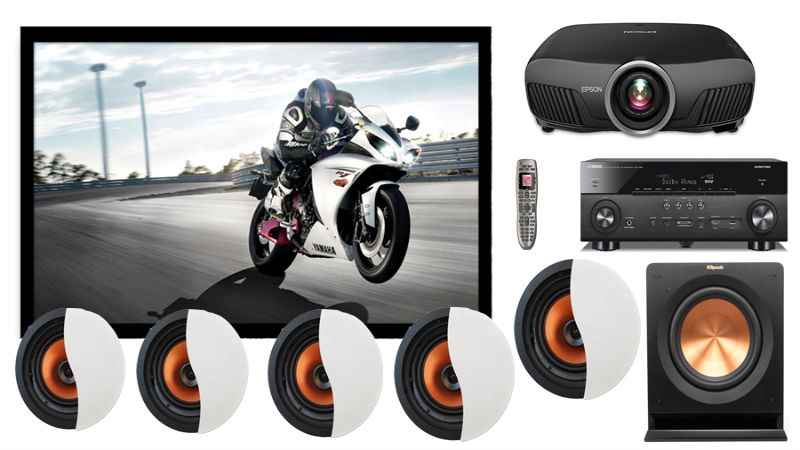Digital marketing has become an indispensable tool for B2B companies. But as competition for attention in the virtual space intensifies, marketers must turn to smarter, more data-driven advertising strategies. Enter programmatic display advertising – while often considered for B2C, this platform can be overlooked for B2B, where it can act as a powerhouse that brings precision, efficiency, and scalability to the world of B2B marketing.
Why Programmatic Advertising Works for B2B
B2B marketers face unique challenges compared to their B2C counterparts. With niche audiences, elongated buying cycles, and a higher focus on decision-making teams, you need campaigns that address these specific complexities. Here’s why programmatic display advertising fits the bill.
1. Precision Targeting – One of the most compelling features of programmatic ads is their ability to leverage robust audience data for hyper-targeted campaigns. Unlike traditional display advertising, which casts a broader net, programmatic uses AI to identify and engage decision-makers based on criteria like job title, company size, or industry.
For example, if you’re marketing a SaaS solution for logistics companies, programmatic tools can pinpoint potential customers who hold decision-making roles in transportation and warehousing industries. That’s the power of granular targeting.
2. Cost-Efficiency – B2B marketers often grapple with tighter budgets compared to their B2C counterparts. Programmatic advertising’s RTB model ensures that you only pay for impressions that are more likely to convert. Automated optimization tools continuously refine campaigns, ensuring that every dollar works harder. Additionally, programmatic eliminates inefficiencies tied to manual ad buying, reducing overhead and allowing you to dedicate more resources to creative development.
3. Real-Time Optimization – Programmatic advertising isn’t a “set it and forget it” approach. Advanced algorithms analyze campaign performance in real-time, making adjustments to ad placements, bidding strategies, and targeting criteria.
This dynamic optimization ensures that your ads remain cost-effective and relevant throughout the campaign’s lifecycle. Whether click-through rates (CTR) are dipping or specific channels underperform, programmatic technology fine-tunes the strategy for maximum results.
4. Measuring Impact with Analytics
For B2B brands, proving ROI to stakeholders is non-negotiable. Programmatic platforms offer detailed analytics, from impression data to post-click engagement metrics, helping you map the buyer’s journey effectively. These insights illuminate areas for improvement and can inform future campaigns, creating a continuous feedback loop that strengthens your marketing efforts.
Transform Your Marketing Strategy with Programmatic Ads
Programmatic display advertising is a critical tool for B2B brands looking to stay competitive in today’s digital-first landscape. By leveraging precision targeting, cost-efficiency, and real-time optimization, you can engage decision-makers effectively and drive results.



